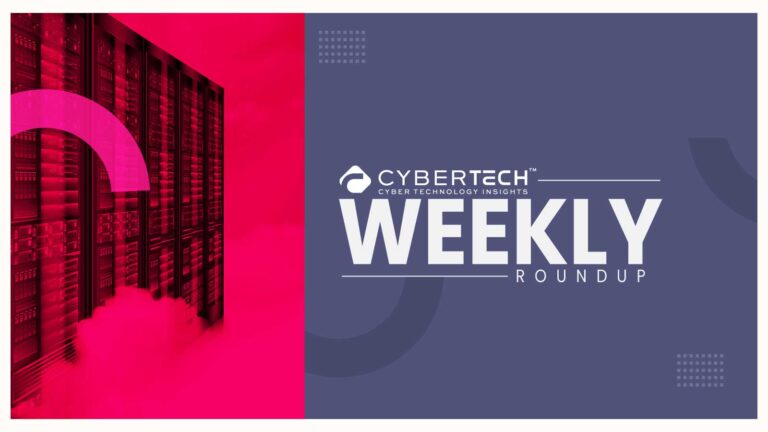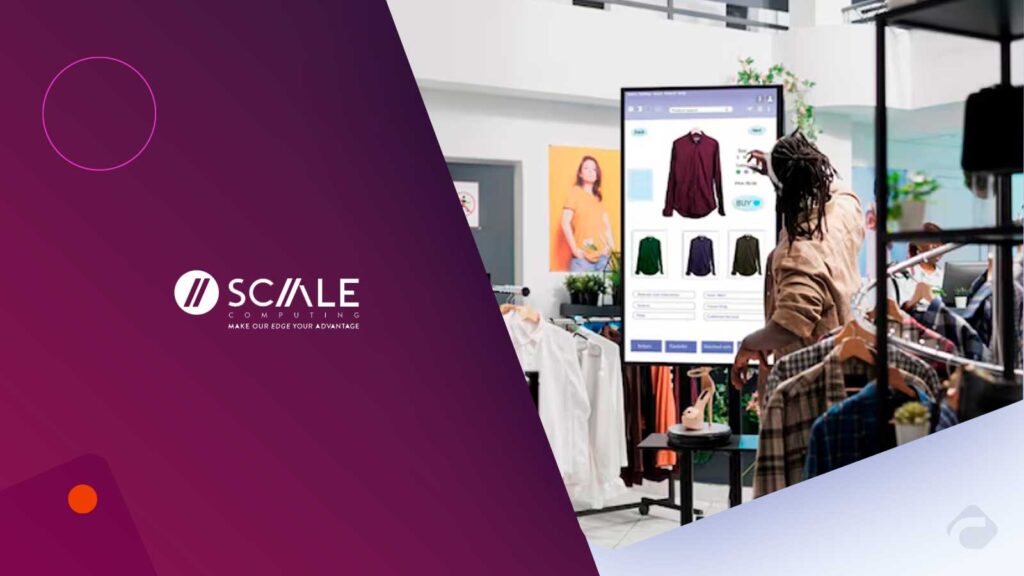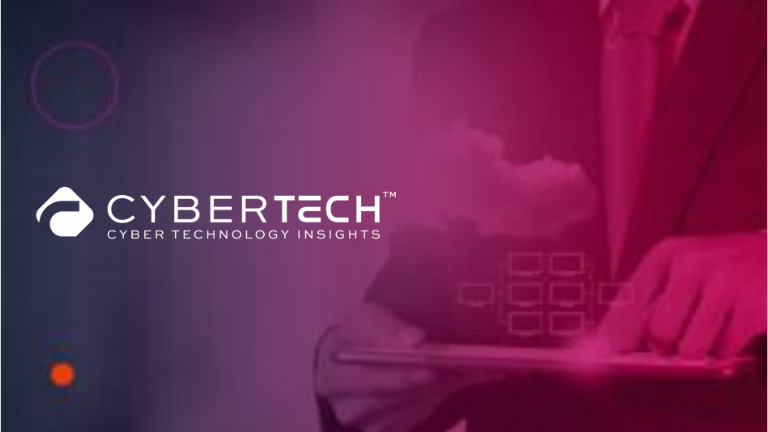July 2025 Witnesses Record-Breaking Cyberattacks on Critical Industries
July 2025 was a rough month in the online world – attacks soared like never before. Education, telecom, and agriculture, three industries you may not first think of as being attacked, were on the front lines. Cyberattackers are getting smarter and smarter, and these sectors are struggling with everything from ransomware to subtle phishing scams and cyberattacks.
What’s Behind the Spike in Cyberattacks?
Several things are behind this spike:
More technology, more vulnerabilities. These industries have adopted digital technology rapidly, wonderful — but that opens new avenues for hackers as well.
Anachronistic systems are still in operation. Farms and schools are using old technology that’s vulnerable to hacking.
Chinks in the armor. Telecommunications firms, especially, are facing intrusions that creep in via third-party vendors and software collaborators.
Hackers are becoming smarter. They’re employing AI and automation to speed up attacks and attack on scale.
How Every Industry Is Being Hit
Education: Universities and Schools in the Crosshairs
Remote learning software and old IT infrastructure have left schools sitting ducks. Ransomware attacks encrypt critical systems, while phishing emails manipulate employees and students into providing sensitive information. It’s a daunting problem for schools already working with tight budgets.
Telecom: Risks Within the Supply Chain Grow
Telecoms aren’t only warding off attacks directly — they’re fending off attacks through their supply chain. Malicious attackers target vulnerabilities in vendor software to get into networks and data, which is a real headache for the industry.
Agriculture: Cyber Attacks Causing Disruptions to Food Supply
It’s not just tech companies that need to worry. Farms and agriculture businesses are increasingly connected through smart devices and IoT. When these systems get compromised, it can disrupt food production and delivery, with potentially big consequences.
What Can Organizations Do to Stay Ahead?
If you’re in any of these industries, there are some clear steps to take:
- Adopt Zero Trust: Don’t trust any user or device by default—always verify.
- Use Multi-Factor Authentication (MFA): This additional security measure prevents most attacks from even beginning.
- Maintain software up-to-date: Patching systems regularly shuts down vulnerabilities that hackers prefer to take advantage of.
- Educate your staff: Your people are your frontline defence — educate them on how to recognize scams. Learn about SANS Security Awareness.
- Verify your partners: Ensure vendors are secure as well, particularly in telecom.
Expert Take: What Cybersecurity Experts Are Saying
John Smith, CyberSecure Inc. Chief Security Officer, relates, “July’s spike is an eye-opener. These industries are critical but usually underguarded. It’s time to commit to smart, proactive security to derail the attackers.”
FAQs
Q1: Why did cyberattacks peak in July 2025?
The increase in electronic tools, outdated systems, and intelligent hackers led to a record number of attacks.
Q2: What were the most affected sectors?
Education, telecommunication, and agriculture were the largest targeted sectors.
Q3: What kind of attacks struck schools?
Primarily ransomware and remote learning arrangements-phishing schemes.
Q4: How can telecom operators shield themselves?
By thoroughly screening third-party suppliers and enhancing network access controls.
Q5: What can farms do to improve security?
Secure IoT devices, maintain up-to-date software, and train employees on cyber threats.
For deeper insights on agentic AI governance, identity controls, and real‑world breach data, visit Cyber Tech Insights.
To participate in upcoming interviews, please reach out to our CyberTech Media Room at sudipto@intentamplify.com.








